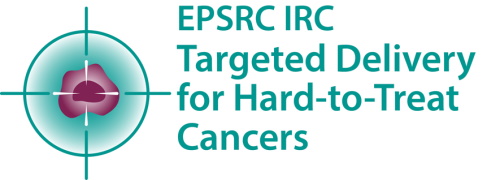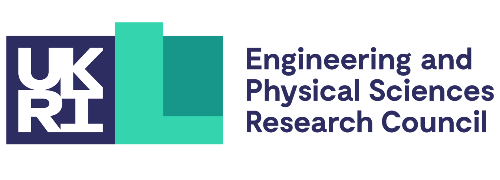
Submitted by L. Millard on Tue, 29/03/2022 - 12:18
This month’s Cancer in Sight blog by Dr Ljiljana Fruk, Associate Professor of Bionanotechnology at the University of Cambridge and IRC Investigator, considers the relationship between the fiction and fact of nanotechnology and its potential as part of the IRC to help target hard-to-treat cancers.
In the blog titled ‘From science fiction to science fact – the emergence of nanotechnology for hard-to-treat cancers’, Dr Fruk shares the story of the science fiction of nanotechnology. Tracing how it has been represented in books and films over the years in ways that tickle the imagination – including Fantastic Voyage by Richard Fleisher which describes the crew of an atomic submarine shrunk to microscopic size and injected into the bloodstream of a dying patient to dissolve a blood clot on the brain – Dr Fruk observes this has also brought hype and misinformation to the field.
No longer limited to the narrative of science fiction, nanomedicine is playing a meaningful part in targeting hard-to-treat cancers. Dr Ljiljana Fruk, Associate Professor of Bionanotechnology and IRC Investigator
Dr Fruk tells the story of the emergence of nanotechnology in the 1990s marked by the publication of Robert Freitas’ academic textbook and the first nanomaterial-based formulation approved by drug agencies, which was a liposome loaded with chemotherapeutic doxorubicin in 1995. She points out the presence of indications that some forms of silver and copper colloids (suspensions of nanosized metal particles) were used as antibacterial compounds in ancient Egypt before bringing the reader up to date: “Today, nanomedicine is a field that covers both the diagnostic and therapeutic aspect of disease; early diagnostics being enabled by nanomaterial – enhanced biosensors, and therapies benefiting from drug nanocarriers and intrinsically active nanomaterials such as antibacterial silver nanoparticles.”
The potential for this field of research to contribute to addressing some of the challenges of hard-to-treat cancers in the IRC programme is being explored, writes Dr Fruk, by “focusing on biopolymer and metal-organic framework based nanocarriers to both deliver the chemotherapeutic and reprogramme the cancer microenvironment. Our approach is attempting to improve the efficacy of therapeutics for hard-to-treat cancers and involves collaborating with cancer biologists and clinicians during the design phase as well as chemical engineers in order to achieve the right balance between manufacturing, cost of design, and anti-tumour activity. Our design moves away from inorganic nanoparticles and takes into account mechanical and chemical properties of the nanocarrier coat, to enable diffusion into dense, solid tumours while providing favourable degradation pathways post-delivery.”
The blog concludes: “No longer limited to the narrative of science fiction, nanomedicine is playing a meaningful part in targeting hard-to-treat cancers.”
• Read the March 2022 Cancer in Sight blog, ‘titled ‘From science fiction to science fact – the emergence of nanotechnology for hard-to-treat cancers’, by Dr Ljiljana Fruk here.


